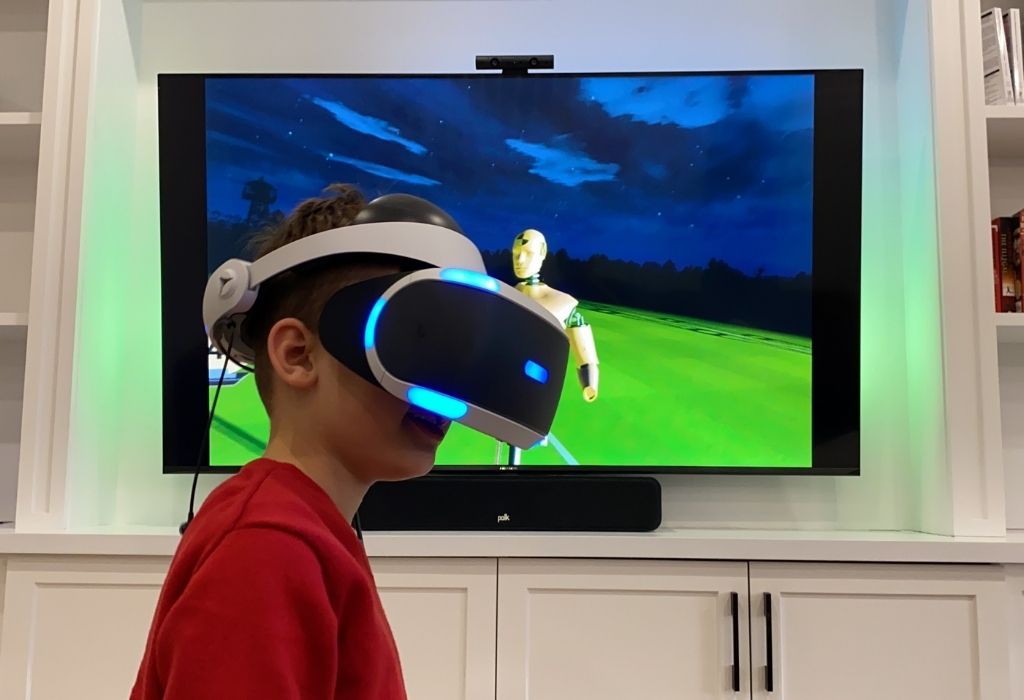
Virtual and augmented reality (VR and AR) made some headlines at this year’s CES, with several new products aiming to open up another dimension for content.
VR and AR aren’t new technologies, as they’ve been around a long time, only their development forks into different areas. That’s kind of what the show exemplified, considering different types of companies showcased their latest attempts to move the needle forward. We’re still a long way from the type of world in Ready Player One, but this year’s show brought the most traction to these categories in years.
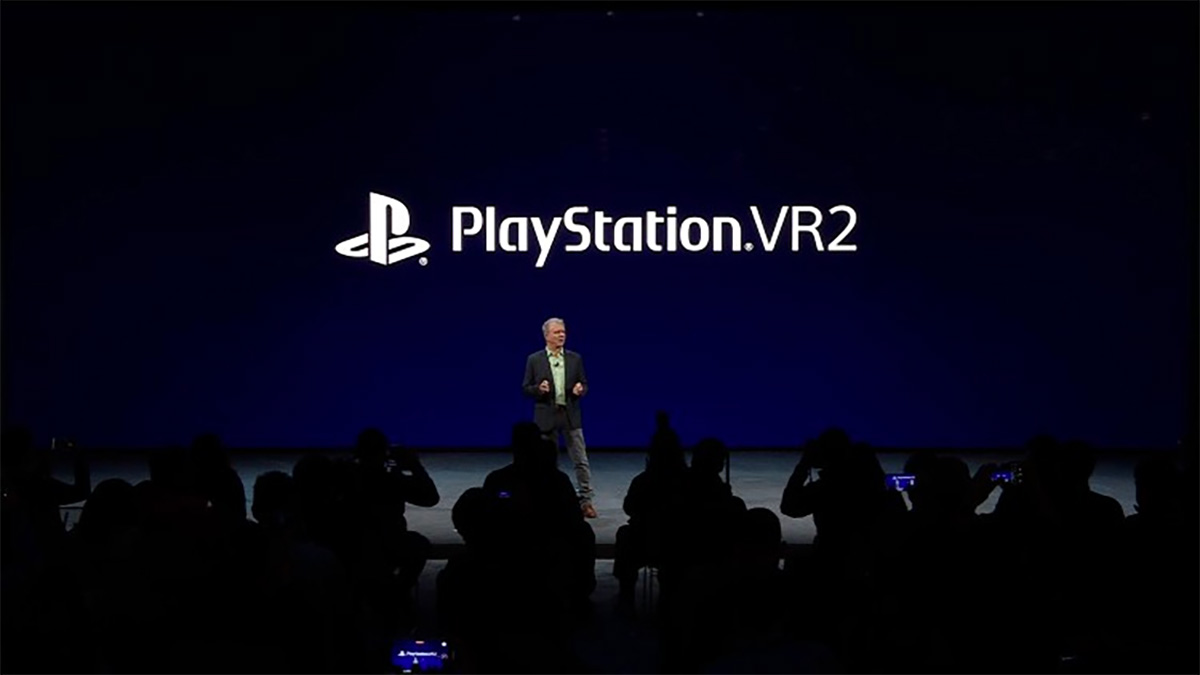
Sony PlayStation VR2
Sony invited actor Tom Holland to the stage at its CES press conference—not for Spider-Man, but for his role in Uncharted. It’s no secret the company was working on a new headset for the PlayStation 5.
It didn’t reveal all the necessary tidbits, though did clue everyone in on what to expect. Our own Gaming Editor, Jon Scarr, dishes on what Sony unveiled during the show.
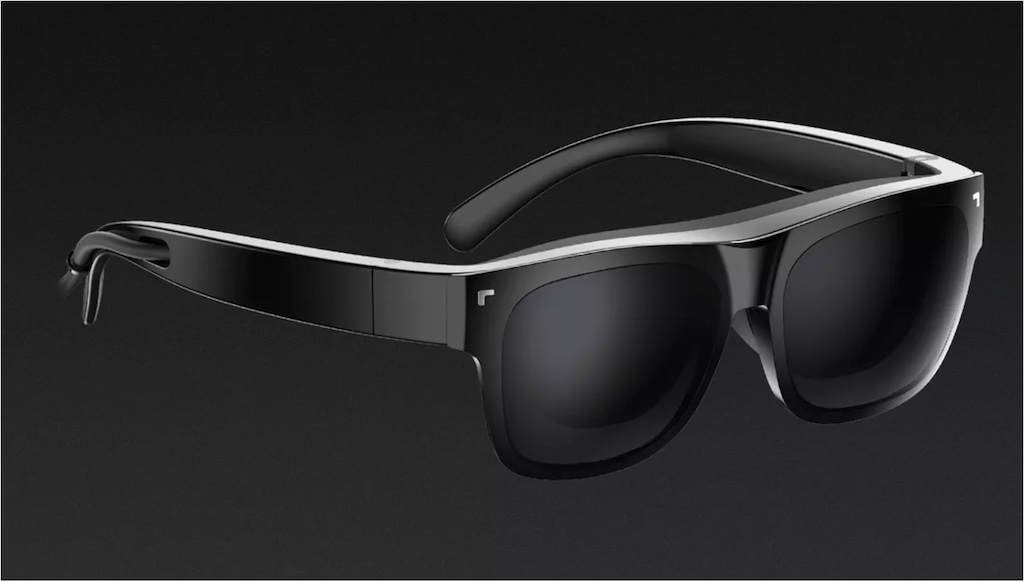
VR and AR headsets or glasses
A few brands shed light on wearables for VR and AR. One of the standouts is Shiftall’s “ultra-lightweight” Meganex. It’s a Panasonic subsidiary aiming to make the smallest VR headset available, and while certainly more flexible, you will have to still plug in to a computer to run the heavy graphics necessary for the content to flow. They are coming this year, though unclear on exactly when or what they’ll cost.
TCL announced two pairs of glasses, one for VR, the other AR. The Leiniao AR smart glasses are a prototype that brings up various features and menus, where you can control smart home devices, or see augmented content based on a physical item you’re looking at. Make and take video calls for a picture-in-picture layout. The virtual demo looked like a cool concept, but it’s also not entirely new, so it remains to be seen where it ultimately goes.
Then there’s the NxtWear Air, viewing sunglasses that embed twin 1080p MicroLED displays inside. You get the equivalent of a 140-inch display that sits four metres away to emulate a movie theatre experience. Built-in dual speakers pump sound over to your ears, though you can also pair with headphones via Bluetooth. TCL will also enable them to work with computers as secondary screens.
Mind you, they aren’t actual VR or AR glasses, but they will feel like it because of the screens inside. You would need to plug them in directly with a phone, tablet or computer to view content. They come with swappable magnetic plates to change up the look of the frames, suggesting fashion is going to play a big role in TCL’s plans for them.
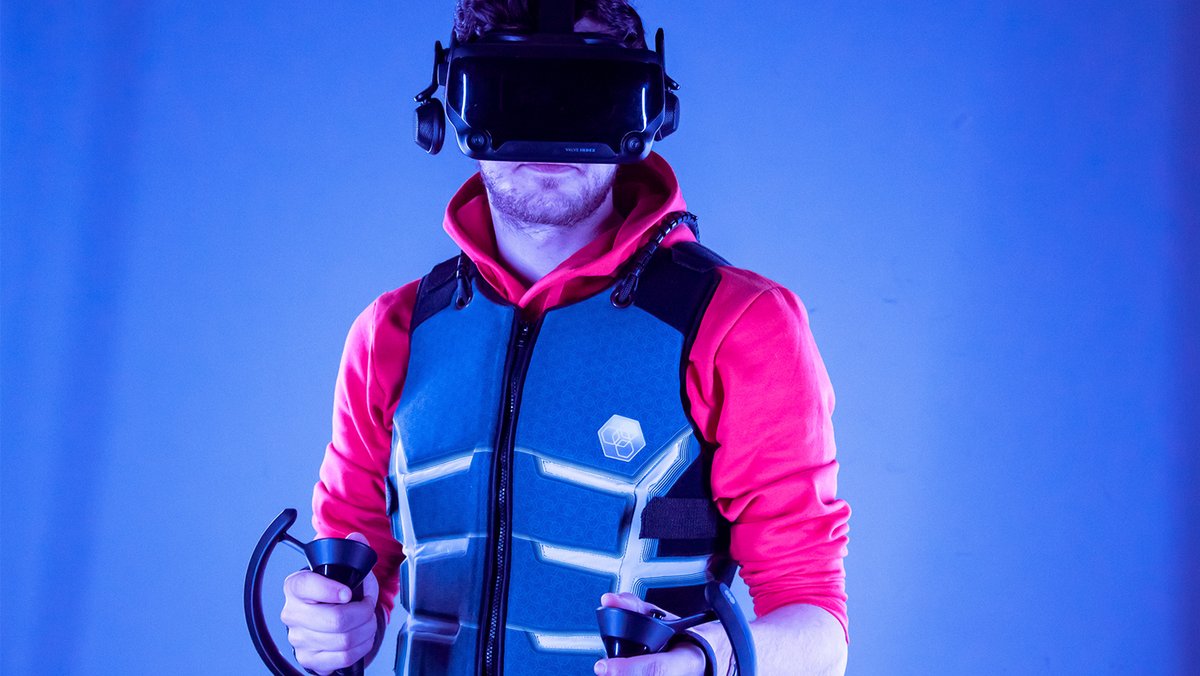
Trackers and haptics
The HTC Vive is still out there as one of the premier VR headsets, but how about other body parts? HTC showed a wrist tracker that straps on and measures hand movements. Built-in sensors communicate with the headset to keep the hand active when out of view. For example, if you’re playing a bowling or golf game, it won’t matter if one hand is out of sight for the headset because of the tracker. HTC noted it will make sensors like this for other objects, like peripherals and tools to make gameplay more realistic.
Actronika demoed its Skinetic haptic vest to physically feel things that happen in the virtual world. While VR often focuses on sight and sound, it’s still lagging on touch, and that’s where this comes in. Strap on the vest, and the 20 integrated vibrotactile voice-coil motors pulsate and vibrate at various levels to simulate real-world perceptions. It’s going to start as a Kickstarter campaign, and may develop into wider availability later in 2022.
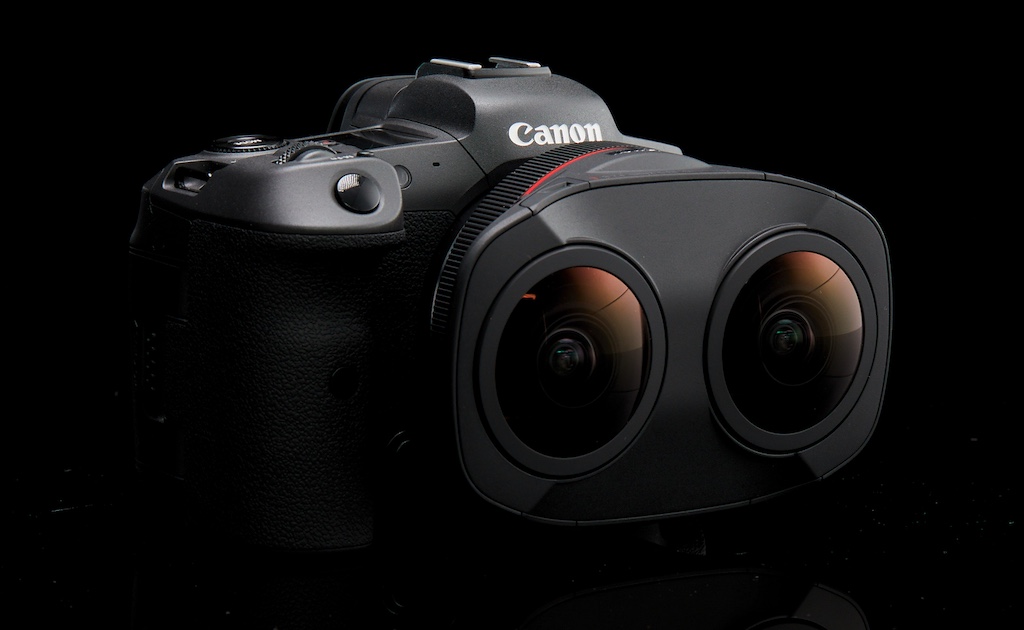
Capturing content in VR
Canon took VR a lot more seriously at this show with two key announcements. I go into more detail about them here, but here’s the gist. Its Kokomo platform will use a combination of select Canon cameras and smartphones to give video calls a dose of virtual and augmented reality. The company is still developing it, but it plans to release it sooner than later to consumers once it’s ready.
Canon just released its EOS RF5.2mm f/2.8 L Dual Fisheye Lens, a two-in-one to capture stereoscopic 3D content in 180-degrees. You can use it with Canon’s EOS R5 camera and EOS VR Utility software to convert and edit footage in Adobe Premiere Pro and other compatible programs. The lens can still shoot standard photos and video, so it’s no one-trick pony, either.
Where VR and AR might go in 2022
CES sometimes foreshadows tech to follow in the near term, while also conceptualizing what may come years later. VR and AR lie somewhere in the middle, with the technology getting better, yet still capable of much bigger growth. It will be an interesting category to keep an eye on as the year progresses.
Check out the latest VR gear available right now.


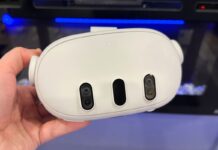
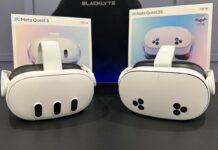

I need to perches Virtual and augmented reality stand out at CES 2022
thank you
Virtual and augmented reality stand out at CES 2022
Comments are closed.